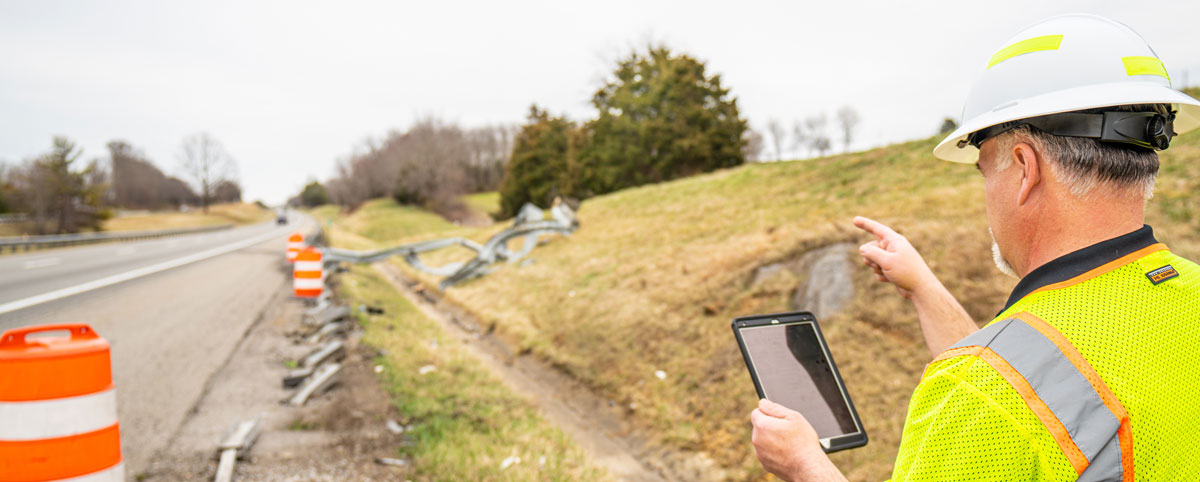Previously, we talked about the critical importance of maintaining an accurate inventory to support asset management. Knowing your inventory is just the first step in good asset management. It’s also important to know the condition of that inventory, which brings us to the next step, assessing your infrastructure inventory.
None of us is getting any younger, and neither is your infrastructure inventory. Just like our human bodies and vital systems change and decline with age, so does your inventory. We take care of our health by making periodic visits to the doctor to monitor our condition and find problems in their early stages. Imagine you have a bad knee. It may tell you when the weather is going to change, but it can’t tell you when it will need to be replaced. So you go to a specialist who monitors the knee and takes measures to extend its functionality. You may get some physical therapy, then try some shots, but eventually the joint will fail. There are increasing signs and symptoms that will continue to alert you to the problem, like pain or swelling, but the exact moment of the upcoming failure can’t be predicted. But if you’ve done everything you can to maintain that knee, you can delay the replacement for an extended period of time.
The same way you watch and take care of your knee, you need to assess and take measures to extend the lifespan of your inventory. Take pavement, for example. When it’s newly installed, the surface is nice and smooth and provides a comfortable ride. Over time, traffic and the environment begin to take their toll on that nice, smooth surface. Eventually, cracks will start to appear in the pavement, making the ride a bit less comfortable. Like a little ache in our fictional knee, this is your signal to pay attention and take some action. So we apply a crack sealant to help stop the cracking process, slow the overall decline and restore the pavement to a smooth surface.
This will work for a while, but as time and seasons pass, potholes will start to develop and the pavement starts to break apart around the cracks. Time to take action by filling the potholes with patch material, the equivalent of injections in that bum knee. The action is a bit more drastic, because your inventory is nearing the end of its lifespan. Just like the knee replacement, eventually you’ll need to repave.

Effective asset management begins with accurately assessing the condition of your inventory to identify the appropriate treatment. Knowing the optimal time to treat the problem will help to ensure your inventory is kept in good condition. This not only extends its viability, but keeps the lifecycle cost as low as possible. Just like you don’t get your knee replaced with the first little pain, you don’t want to repave after just a few cracks. Likewise, you can’t ignore the symptoms and just let potholes get out of control.
Gather as much information on your inventory as possible and you’ll have the basic data needed to make a complete assessment plan. Research all the appropriate service/maintenance contracts and budgetary constraints. Just like the doctor uses x-rays, scans and blood tests, inspect and monitor you inventory, then research your options. Knowing what remedial actions or replacements will be needed in the future will make it easier for you to accurately forecast trends and make better budget and program decisions.

